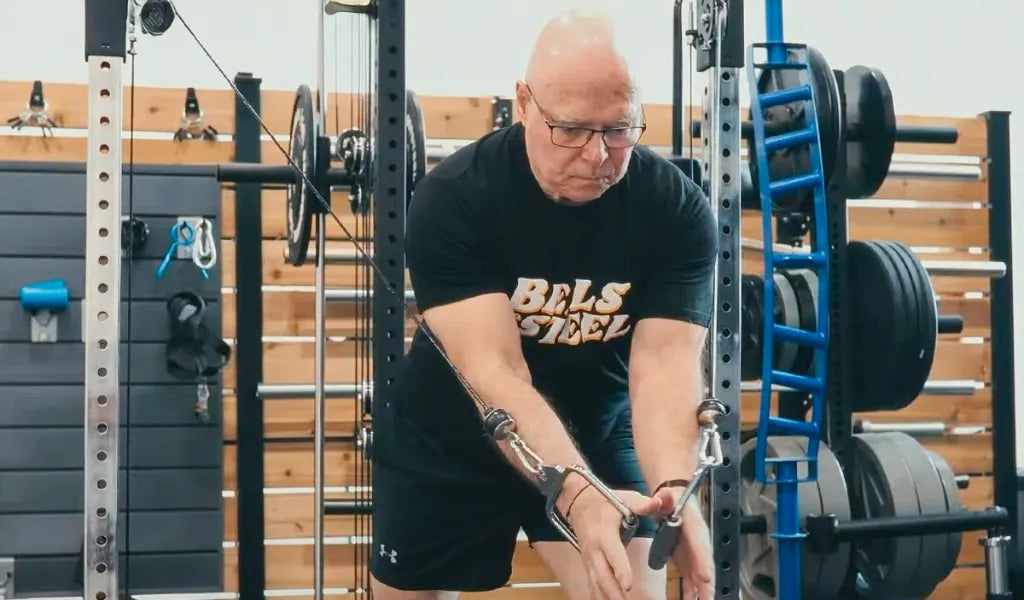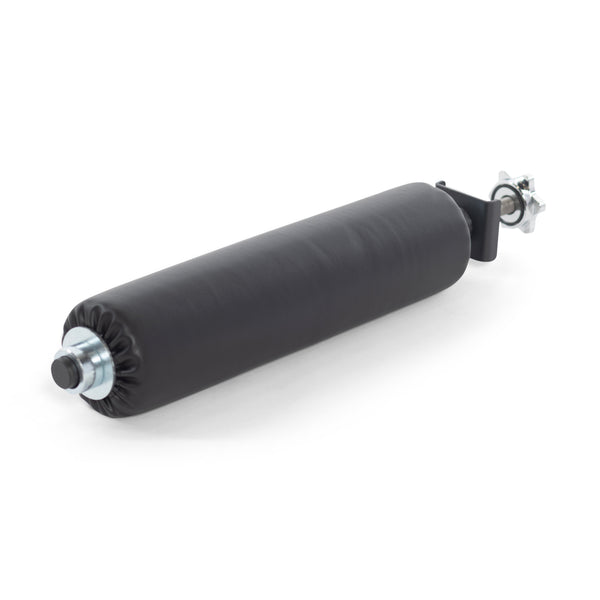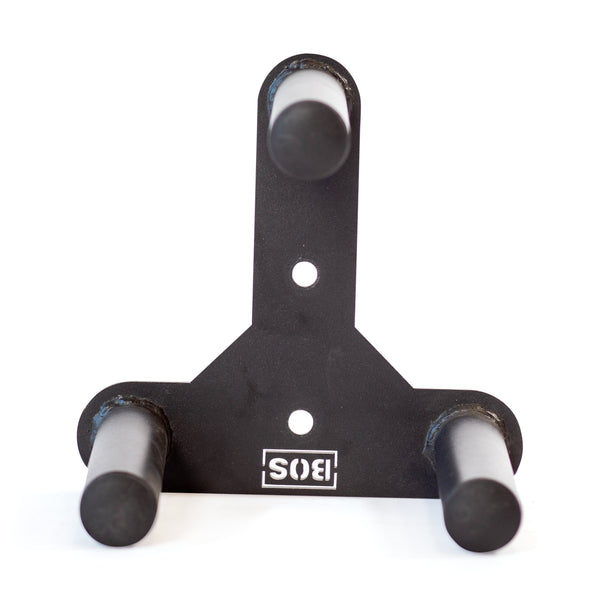Aging gracefully isn’t just about eating well and staying social—it’s about maintaining strength, balance, and vitality. Strength training can help seniors improve bone density, boost metabolism, and maintain independence. But not all equipment is created equal, especially when safety and accessibility are top priorities.
Let’s dive into the best home gym equipment for seniors and how it can support healthy aging, one rep at a time.
Why Strength Training Is a Game-Changer for Seniors
Science-Backed Benefits of Strength Training
Research consistently highlights the benefits of strength training for seniors:
- Improved Bone Health: Resistance exercises increase bone density, reducing the risk of osteoporosis.
- Enhanced Balance and Stability: Strengthening muscles helps prevent falls—a leading cause of injury in older adults.
- Boosted Metabolism: Muscle mass naturally decreases with age, but lifting weights can counteract this decline.
- Mental Health Perks: Strength training releases endorphins, improving mood and reducing symptoms of depression.
In short, it’s never too late to lift weights and reap the rewards.
Top Priorities for Seniors in a Home Gym
Before assembling the ultimate setup, it’s essential to prioritize:
- Safety: Stability and ease of use should be top concerns.
- Low Impact: Equipment that minimizes strain on joints is ideal.
- Adjustability: Seniors may have varying strength levels, so equipment should cater to individual needs.
- Space Efficiency: Compact and multi-functional gear works well in smaller spaces.
The Best Home Gym Equipment for Seniors
1. Cable Machines
Cable machines are a top pick for seniors due to their stability and versatility. Unlike free weights, cables provide controlled resistance, reducing the risk of injury. They’re excellent for performing a variety of low-impact exercises, including rows, presses, and tricep pulldowns.
Why Seniors Love Them:
- They offer smooth, controlled movements.
- Adjustable weight stacks cater to all fitness levels.
- Handles provide excellent grip options, supporting those with arthritis or reduced hand strength.
SHOP CABLE MACHINES
2. Adjustable Weight Benches
An adjustable bench pairs beautifully with a cable machine. Seniors can use it for seated rows, incline presses, or supported stretches. A sturdy, non-slip bench is a must for added safety.
Pro Tip: Look for benches with soft padding to support joints during seated or reclined exercises.
SHOP ADJUSTABLE WEIGHT BENCHES
3. Resistance Bands
Lightweight, portable, and affordable, resistance bands are perfect for building strength at home. They’re especially useful for seniors who need low-impact options to protect joints.
Exercises to Try:
- Seated rows with a band.
- Band-assisted squats.
- Shoulder presses using loop bands.
SHOP RESISTANCE BANDS
4. Exercise Bikes
Cardiovascular health is just as important as strength. Recumbent bikes provide a low-impact way to boost heart health while supporting the back and joints.
Why They’re Great:
- Reclined seating reduces pressure on the knees and hips.
- Easy to adjust for different fitness levels.
- Provides a safe alternative to high-impact cardio like running.
SHOP EXERCISE BIKES
5. Dumbbells (in Moderation)
While cable machines take the cake for safety, a small set of light dumbbells can add variety. They’re ideal for simple exercises like bicep curls and lateral raises. Rubber-coated dumbbells are less likely to roll away or cause damage.
SHOP DUMBBELLS
Tips for Safe and Effective Strength Training
Work with a Trainer
New to strength training? It’s wise to consult a trainer who specializes in aging athletes. They can help create a personalized program that aligns with your fitness level and goals.
Start Light and Progress Slowly
Building strength is a marathon, not a sprint. Begin with light resistance and focus on mastering form before increasing weight.
Prioritize Warm-Ups and Cool-Downs
Spend 5–10 minutes warming up to loosen joints and get blood flowing. Finish every session with stretches to maintain flexibility.
Senior Training FAQs
Q: Can seniors use free weights safely?
A: Yes, but with caution. Free weights require balance and coordination, which may pose challenges for some seniors. Cable machines and resistance bands are often safer options.
Q: How often should seniors strength train?
A: The CDC recommends strength training at least two days per week. Each session should target all major muscle groups.
Q: What’s the best way to prevent injury?
A:
- Focus on proper form over heavy weights.
- Use equipment with stable support (like cable machines).
- Listen to your body—pain is a signal to stop.
Q: Can strength training help with arthritis?
A: Absolutely! Low-impact resistance exercises can strengthen the muscles around joints, reducing strain and improving mobility.
Final Thoughts
Strength training isn’t just for the young—it’s for the young at heart. By prioritizing safety, versatility, and consistency, seniors can build a home gym that supports their health and independence for years to come. Start with stable options like cable machines, add in some light resistance bands, and work with a trainer to craft a program that meets your needs.




